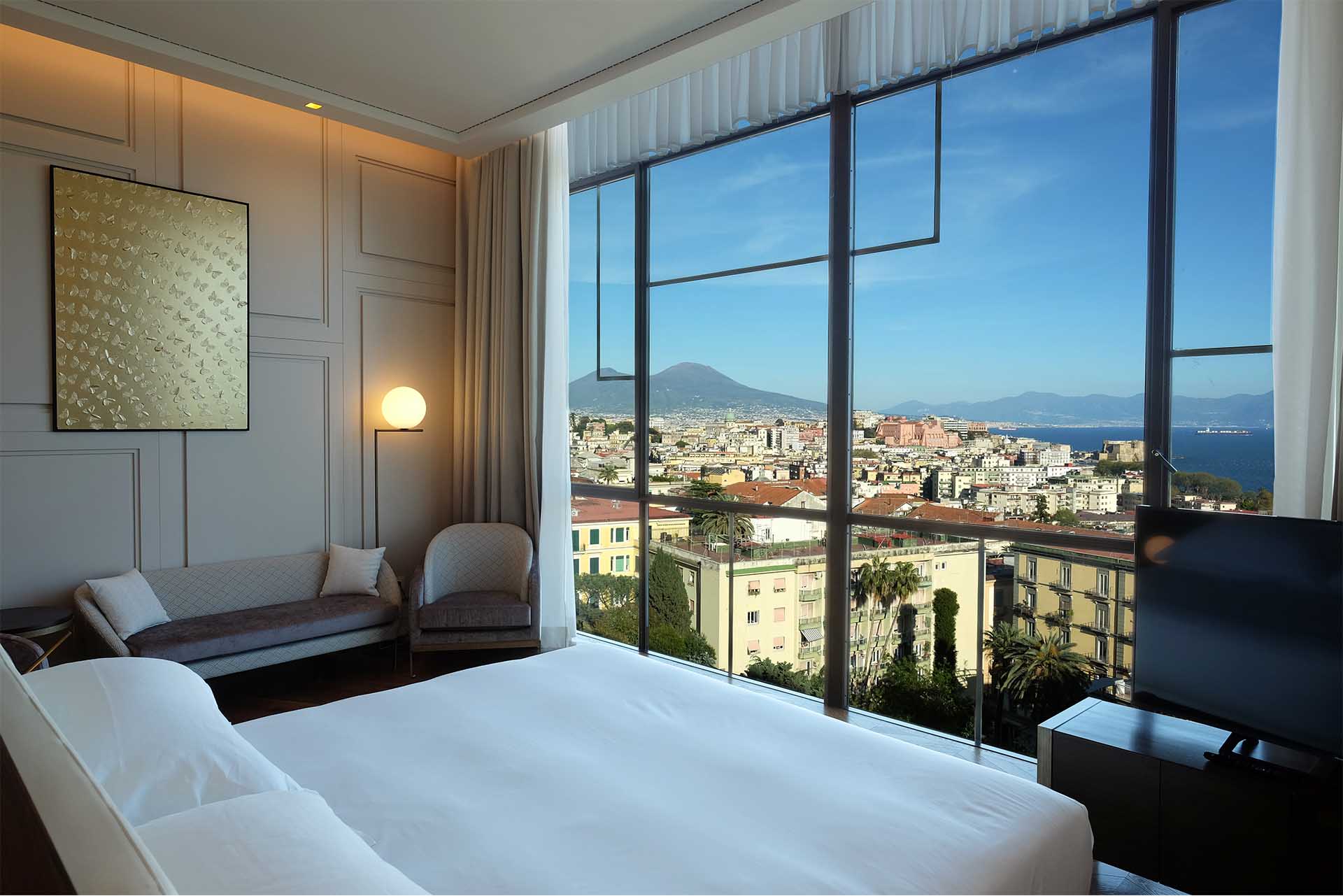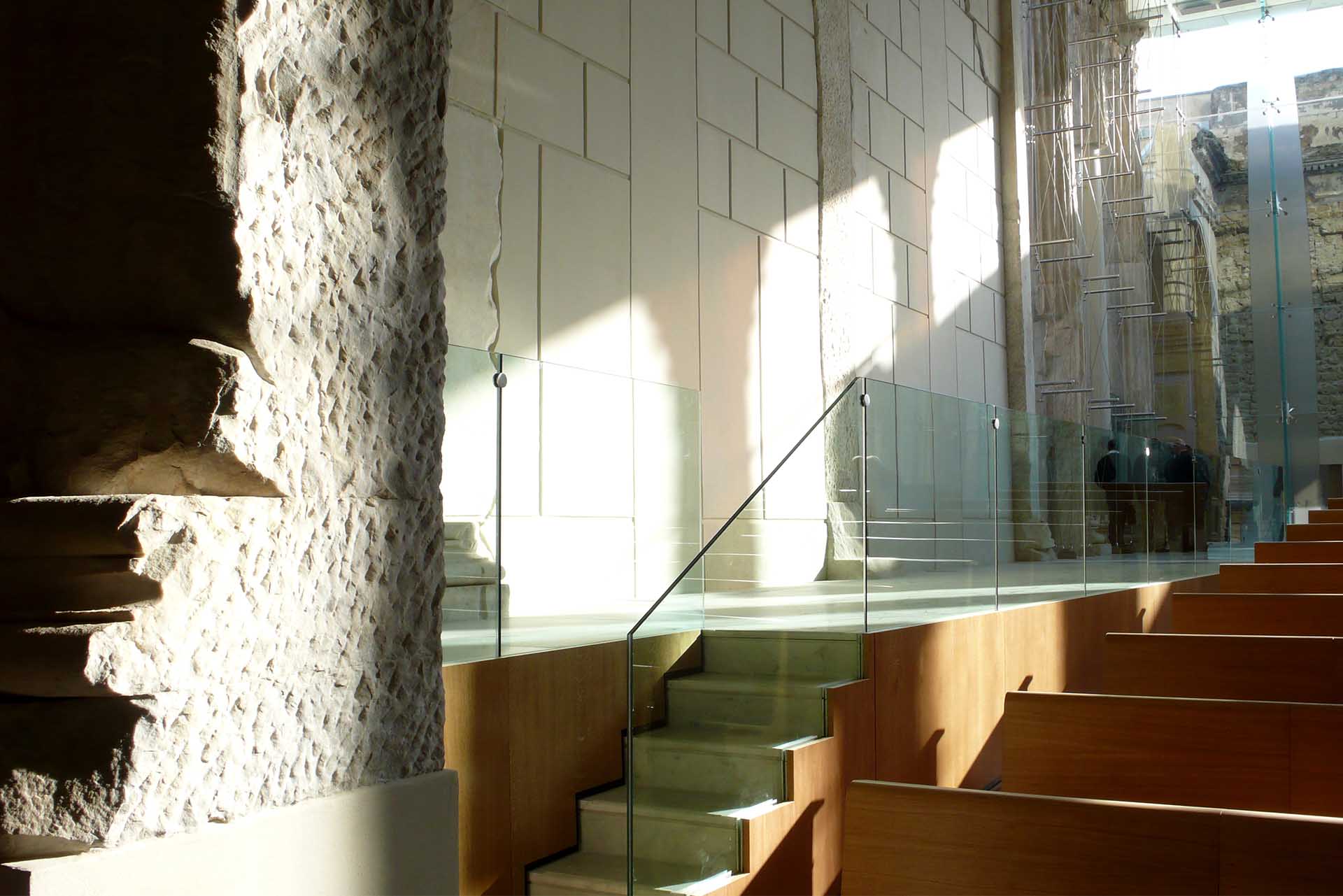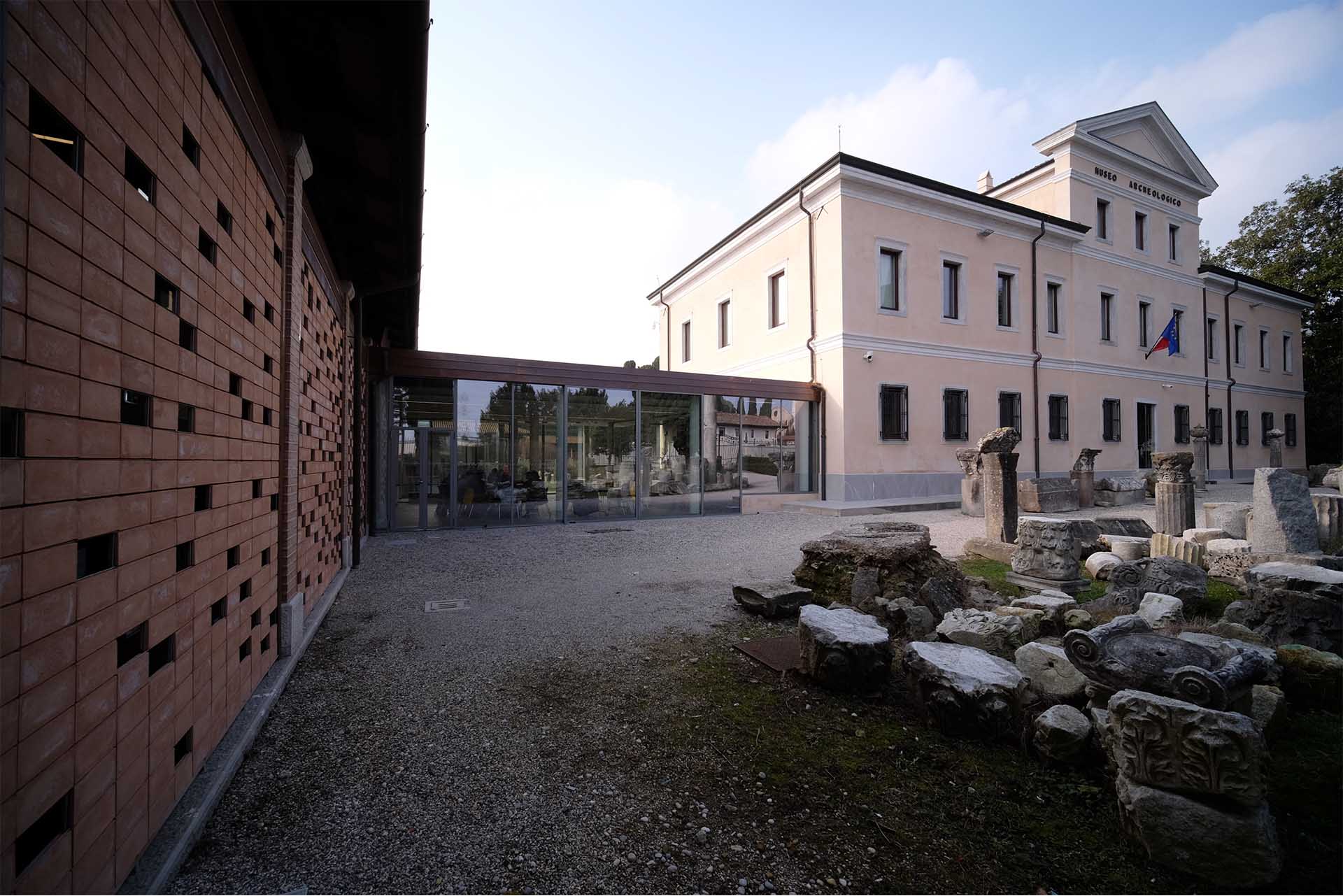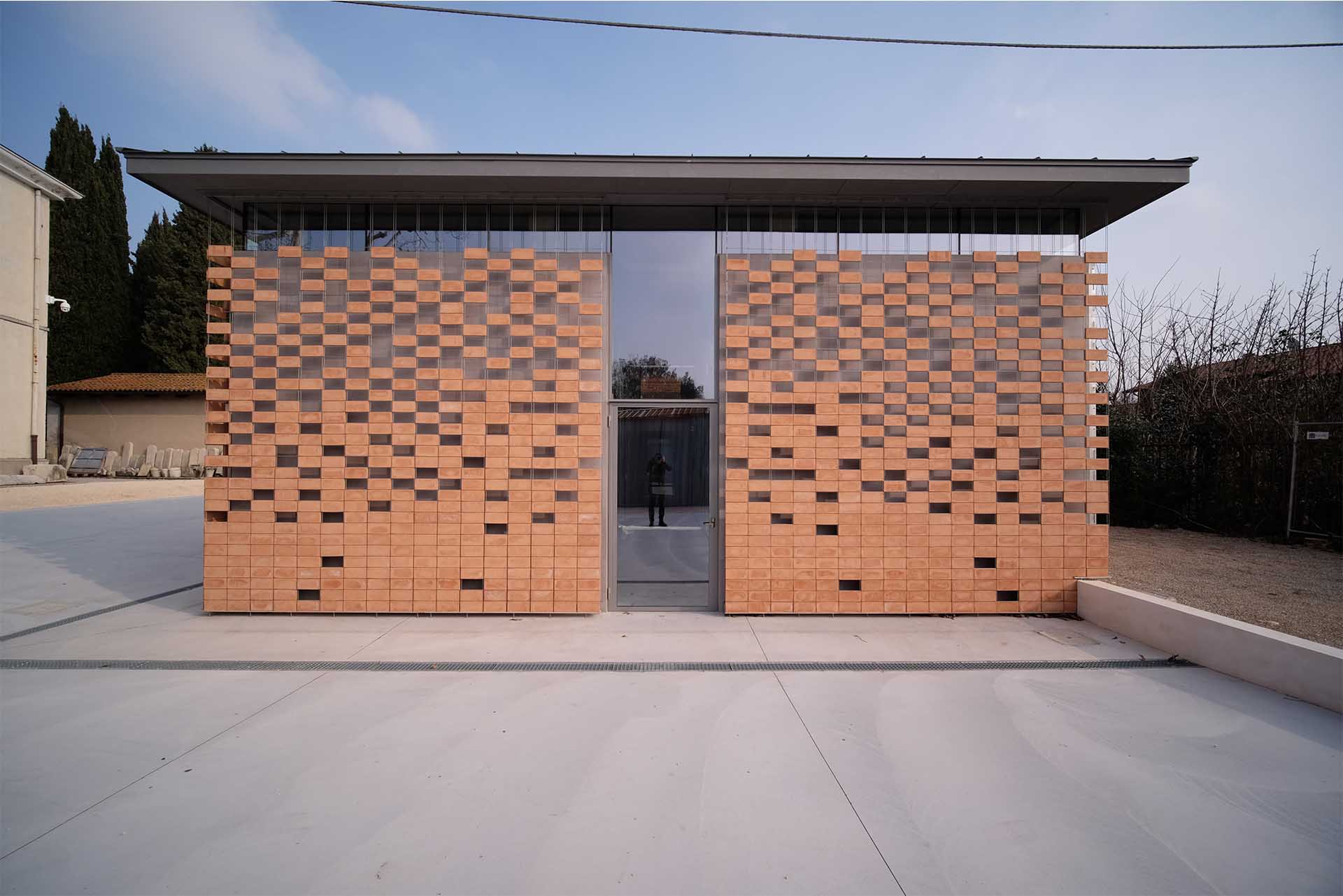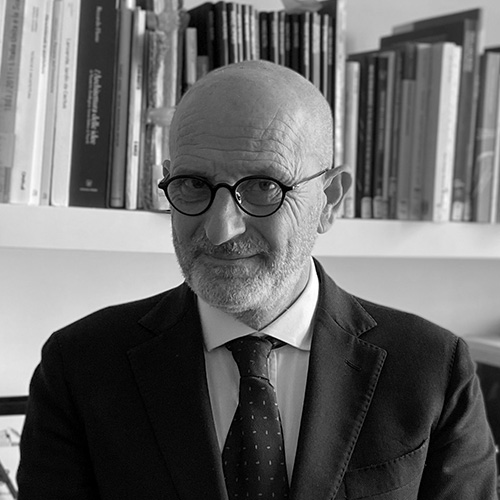

| CANVAS OF PLANS & DRAWINGS |
INTERIOR & DÉCOR, but with a twist |
| HOTELS & RESTAURANTS, beyond mainstream |
Notes on ART |
| Into big AFFAIRS | INSIDERS |
| GLIMPSES | |
Keywords:
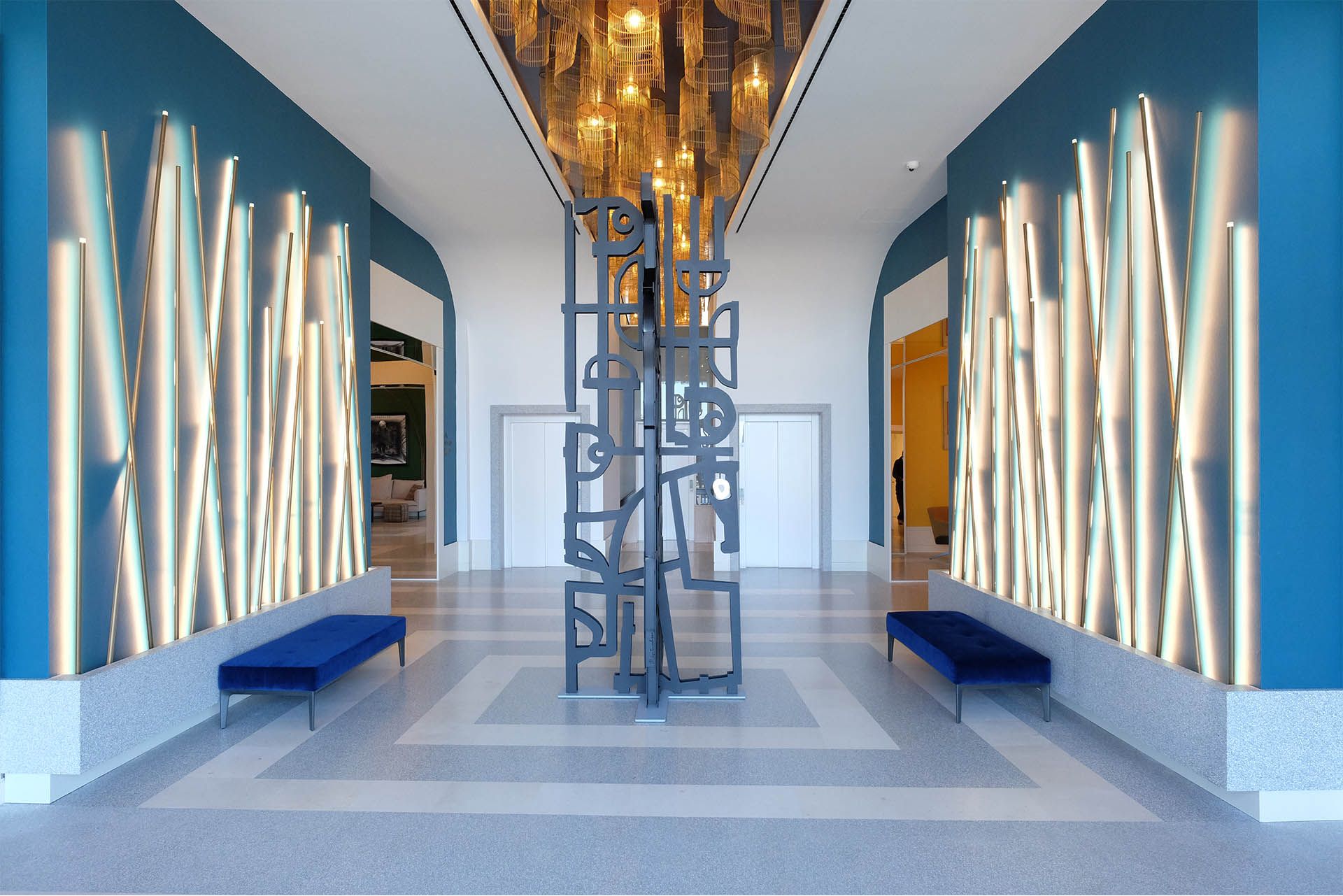
What characterizes us in antithesis to current culture is a basic principle. The media attempts to recognize within a person what the contemporary vocabulary has synthesized in the word ‘archistar’. Nevertheless ours is, and always has been, a team effort. For the realization of each project it is necessary the intervention of different individuals and what defines Gnosis progetti is precisely this choral work theme. As opposed to the prevailing centrist structure, we propose a cooperative model, the same one that elsewhere and in another epoch has allowed the construction of macro-works such as the Pyramid of Cheops. I would add, to quote a virtuous model, that when the architect Walter Gropius left the Bauhaus to settle in the United States, he created a design group in which the names were listed alphabetically. He did not believe it was necessary to place himself high on the list: what mattered was the group.

I do not presume to imagine what the right direction of architectural thinking might be, but I can tell what are the trends that seem to be correct. Oscar Niemeyer argued that architecture should look at the community and was not afraid to use the adjective “beautiful” juxtaposed with architecture. Thus, from the top of his social thinking and experience, Niemeyer proposed to follow without hesitation the idea of an aesthetically satisfying architecture. According to him, architecture does not have to be beautiful with a view to appear in glossy magazines, but simply because in beautiful architecture, that is the concrete object of architectural practice, people live better.
